Lenovo N. America President Ghilardi: Dell EMC, HPE And Cisco Are Stuck In 'The World Of The Past'

'The World Of The Past'
Lenovo North America President Emilio Ghilardi is convinced the company has a more agile, forward-looking strategy than its data center rivals HPE, Dell EMC and Cisco. Saying those firms, which dominate the data center market, are stuck in "the world of the past," Ghilardi argues Lenovo's strategy of partnering with independent software start-ups rather than trying to acquire them or develop its own software in-house allows the China-based PC giant to move more quickly into hyper-convergence and software-defined technologies rather than prioritizing a large legacy hardware portfolio.
"CIOs have to deal with the simple situation that they are being asked daily to lower the cost and accelerate the deployment of new solutions," Ghilardi said "They can't do it with the traditional architecture."
Ghilardi acknowledges that all the major data center hardware vendors are facing the same problem, but says Lenovo, because it isn't married to a large legacy portfolio, can move much faster than Dell EMC, HPE or Cisco toward favorable outcomes for customers. And while he envisions a future in which compute power will be purchased like a utility, he's also convinced that Lenovo will be one of the very few manufacturers that will continue to produce data center hardware.
What follows is an edited excerpt from Ghilardi's conversation with CRN.

I've heard Lenovo execs say, 'We don't do legacy.' What does that mean to you, and what does it mean to your partners?
I wouldn't say we don't do legacy. We have done legacy, but legacy is the so-called three layers: compute, networking and storage. That's the traditional architecture we've been familiar with for the last decade. It was done with a very specific type of hardware that was most of the time specific hardware. What's great about specific hardware is you make a lot of money. Ask Cisco. Or EMC. It's made by commodity, but it's not sold as a commodity. It's sold as perfect, and the only way to do it is this way and if you want to add more storage, as everybody does, you have no choice, just keep buying from me. This is the world of the past.

It may be the world of the past, but it still makes up the vast majority of the market.
It's still 90 percent of the installed base. But if you talk to CIOs, they have to deal with the simple situation that they are being asked daily to lower the cost and accelerate the deployment of new solutions. How can they do that? They can't do it with the traditional architecture. They have to find a different way. There are two parallel motions. The first motion is the hyper-scale ... AWS, Azure. When I run a business and I need to see my weekly profitability by partner and my CFO says, "Are you kidding me? I don't have a way to do it. I have the data, but I don't have the software or applications." Amazon says, "You want it? In a week I can get you what you need and run all the analytics." The business says to IT, "See you!"

' See you,' as in we're going to public cloud?
I'll take everything out and go to Amazon, but then a couple of problems happen. I realize how much it's really costing me, and say I'd like to take it back, or take back a portion. Because of security or whatever. I'm starting to realize the real cost. When you move to the cloud it's easy, when you want to take them back? That's an interesting story. IT still says I have no money. I can barely keep the lights on. I can't do anything more. Look around, find hyper-converged. You don't need a dedicated device. It's all a commodity. It's all a server. I can build everything in one single appliance that ubiquitously goes from compute to networking to storage and software-defined. You want one, two, three, four – a thousand? It's an end-user driven type of need.

Your competitors are moving very quickly in that direction, too. What makes Lenovo different?
We don't have 60 percent market share based on the traditional data center. The world is going somewhere else, and we can go to this somewhere else much faster and with less regret than a Dell, that just spent $65 billion buying EMC, which is, there's nothing more traditional than EMC. It makes a lot of money, they have strong relationships with customers. It takes a lot of energy and resources to protect that legacy particularly because the world is going the other way around. I have a lot of respect for what they do, but look at what has happened, if you take the stock market as an indicator, some of the supposed high-flyers in traditional storage or HPE, they're under tremendous pressure because what was making them money, their server hardware, is becoming a commodity.

That means your server hardware is also becoming a commodity. Why will your approach to that problem be more successful than HPE's or Dell EMC's?
We don't have as much to protect, so we can go much faster. Everybody will have to have a hybrid solution. You have to keep some things on-prem, some things in the cloud, and you have to be able to go back and forth. Hyper-converged allows you to get into faster development. You can't paint a picture of the future where the traditional will be gone, it will be hyper-converged on-prem and the rest will be in the cloud and you'll be able to go back and forth. Decide what you're going to use out there, what you're going to use at home. Larger, end-user data center will be part of fabric computing. I buy when I need more, but I sell when I don't need what I have. You can cut a deal one day with Azure or AWS where you say, "During my peak application, I'll buy from you as long as when I am down in the valley in utilization of my own data center, you take it from me and sell it to somebody else." These companies become not just a host, but a broker. Do you care where the power for the lights in this room comes from? You don't. Why should you have to care where your compute comes from? It's there. It's available. Why do you need to own it?

How do you differentiate in that scenario? Product quality? Speed to market?
We are debating this a lot internally. The writing on the wall is that hardware is a commodity and there's no way you can differentiate. To a certain extent, innovation comes mostly from software. However, our vision is that you still need somebody that does hardware. For servers, there are three or four; in PCs, there are too many. Consolidation is happening and will continue to happen. The end state is somebody will have to do hardware. We believe we do it better than others, and not just because we say it. You have to understand that down road there will be two or three players that do IT hardware. We will be one of them being able to do it from the phone to the data center. There are synergies. Component, manufacturing, logistics processes are the same. And we can get economies of scale. We have relationships with all the suppliers that matter.

Dell Technologies talks a lot about the strength of its supply chain. What advantages does Lenovo have in its operations?
We're probably the only OEM left that owns its own manufacturing – our own people on the shop floor. We designed the machines, and it has an impact on quality and cost. Down the road, this will be our play. We're not getting into the space of our partners. We align with key technology vendors and drive quality, reliability, the critical metrics for customers, particularly in the data center. Next layer is the ecosystem. We don't compete with the ecosystem, we go with Red Hat, we go with SAP HANA, and we tend to be their best partner because we don't try to steal their business.

Does that allow partners to get solutions to customers more quickly and without concern that you're cannibalizing your own portfolio?
The partners, the ones that can customize, have whatever it takes to solve particular end-user pain points. That's the way we go to market. We don't compete. We differentiate with the products we bring to market, but we clarify our position and we don't keep going back and forth, the big guys we compete with all go back and forth. One day, they buy software, the next day they sell it. One day they buy a storage company that's all proprietary and then they realize they want to run hyper-converged and they go and buy somebody else. They own the software. We don't. We worked before with SimpliVity. Very good relationship. HPE decided to buy them. Okay. Cool. Now we work more with Nutanix, or Pivot3 or DataCore, you name it, but we don't step into their space. We don't try to do it ourselves. We think innovation is going to be driven by small companies in this space. I challenge HPE to buy these companies and let them innovate. I spent 25 years at HP, and no disrespect, but unfortunately they don't have a great reputation for buying companies and managing them.
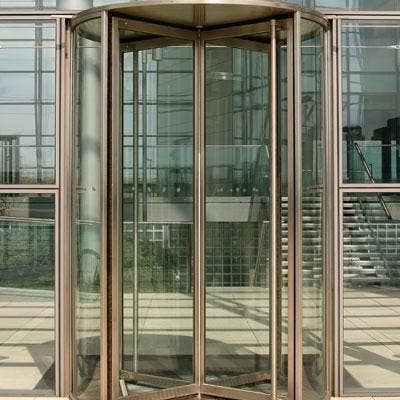
There's been a lot of executive turnover in the last couple of years. Are you comfortable that you now have a team in place that can take Lenovo where you want to go?
I've been with Lenovo since July 2015. I am one of the last wave. In the industry, there really aren't that many super-leaders that you can go and find. There have been some changes in the company because we have been really trying to take away the best people and put them where they can make a difference. When you put the right people in place, you can see the clarity of the vision. The simplicity of the programs and the understanding of what it takes, understanding of routes to market. 88 percent of our business is channel. You just cannot not understand channel dynamics and pretend you're running an IT business. You just don't get it. We have a lot of senior executives at the company that have spent half of their lives, if not more, working with channels.

What do you have your eyes on right now in the North American market?
The North American market has been one of the best performing for the last few years, and there's no reason to believe that won't continue. Last time there was a [Windows OS] refresh, there was a spike like 20 percent growth then it came crashing back down. This time, it's a little slower, there's less [aggressiveness], which is better for the market. We expect 2017 to be very good for commercial, stabilizing in consumer and moving into positive territory in commercial and not just on the back of Chrome. We have nothing against Chrome, but we have to do more. The Windows ecosystem will continue to develop. It brings Windows to innovate, to differentiate, to sell better performing products, it's not just the minimum denominator. The market is going to be good.
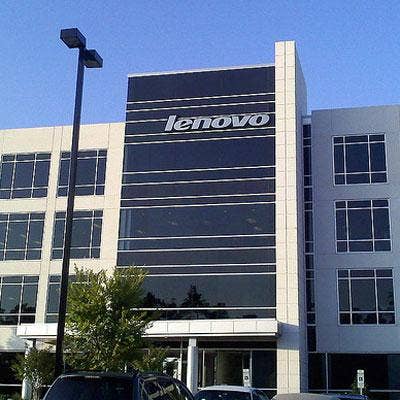
How important is it for Lenovo to gain traction against its competitors in the North America market?
We're in the backyard of our competitors, and we see the opportunities to pin them down here in the US, and we have the full support of the entire company because we are protecting our Chinese business. There are several markets around the world where we have a dominant market position. That is not the case in the U.S. So we will continue to attack the U.S. market together with our partners because it's one of the places where we can gain share and keep our competitors at bay. We're trying to do it in a responsible way. We're not using pricing for the sake of pricing, buying share. You don't buy share, you rent share and it's very expensive.

What do you mean by gaining share in a responsible way?
Verticals, understanding the customers' pain points. Then you can have a different conversation, it's not, "Look at this. Isn't this better than the equivalent HPE?" It is, but ultimately, how much better can that be? The different story is let's talk about the problems you have. How can we help you faster deploy the next generation? How can we help you together with Microsoft in migrating your applications to have them ready on Win10. It's better for my resellers. We're not just talking to the purchasing department, we talk to engineering. That was my request to each and every reseller: Let's put together a menu of your services, what you have first, then let's look at our services and see how we can combine them. They complement each other. You get a richer, more competitive offering. We're better together. That's a way to differentiate.
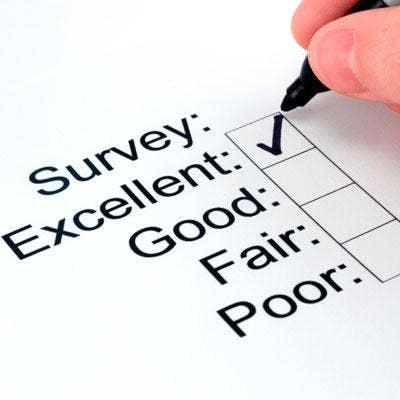
How do you keep partners engaged in those relationships?
We do a survey, and resellers believe we are the most reliable, the simplest to work with, the one that has the most consistent and easy-to-use program, has some of the best people. It's amazing. Yet, we keep polling them to ask what can we do better. Every time I meet a partner, which is weekly, I always have a last question, which is what are two things my competitors are doing better than me, and give me a chance to get them fixed. Next time we meet, the first thing we'll discuss is whether we did it or not.
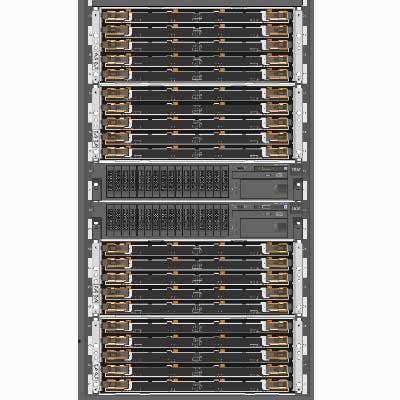
Can you say now that you've finally wrestled the System X acquisition to the ground?
We made a mistake when we integrated System X in believing that one model would be right for both PCs as well as data center. We were wrong. I always say smart people know when they are wrong. They admit it, and they try to fix it. We took a little longer than we had to, but we figured it out. We designed a program with our partners, we did not design it by ourselves. We designed it, checked it, retuned it. It took us nine months to get it to market. We wanted to get everybody's feedback. We respect everybody and we wanted to close every, single loop. It's something we didn't do well, and we fixed it. On the PC side, we realize you can not have a tiering, certification program for data center and nothing on PCs. We're going to design, probably announce in a couple of months in PCs too.
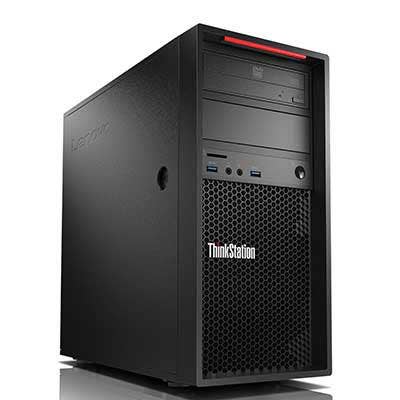
Where are your competitors like HPE and Dell EMC most vulnerable?
In workstation, we have among the best products in the market, yet we are sitting at 10 percent market share in desktop and a little more in notebook. This is a healthy market that's been growing and will continue to grow. The workstation is becoming a better and better product, particularly the mobile one. The TAM is actually growing, and there's no reason we can't aspire to leadership. The TAM is about $1 billion a quarter. It's huge when you consider all the attach. It's really not that price sensitive. You spend $20,000 per seat for the software. Most of the software is very expensive, very unique. So it's not a question of price, it's a question of innovation, performance, reliability and that's where the Think brand equity comes back into play.
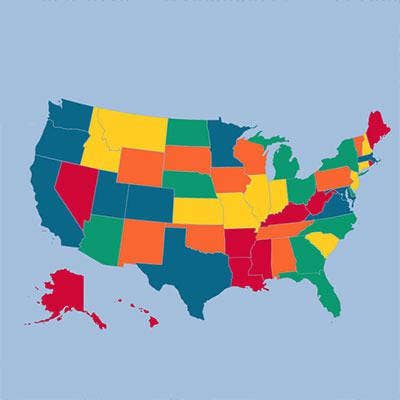
Any other areas of vulnerability for them?
In state and local. That's a business where Lenovo wasn't much into it when I joined. We have business in K-12, nice for volume, nice for profitability, but where is our state and local? It's a huge opportunity for Lenovo. I know our competitors do multiple billions of dollars per quarter, and there's no reason why we can not take a significant share. Last year we hired about 20 acquisition reps, and we cover 40 of 50 states with lobbyists, with the channel. There are specific channel players that have access to these specific types of contracts. It's not simple to sell in this space. You need to understand the rules, you need to follow the rules, people need to trust you. They have unique needs and we have to adapt.
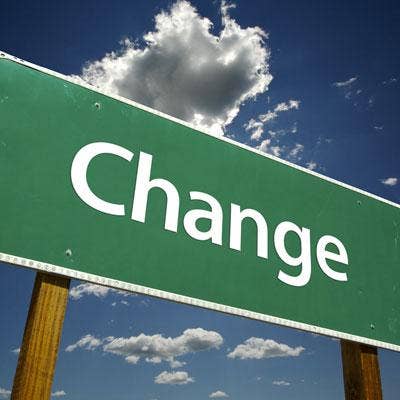
How has your sales operation adjusted to address the changing market?
We have made significant investments in technical sales capabilities. Two years ago, we did not have specialists, probably a couple of technical experts sitting the background. Today we have about 25 specialized sales and marketing people and we have announced that within [N. America Channel Chief Sammy Kinlaw's] organization we have recruited and hired a director that is going to create a team that is going to do business development to find the right resellers for that type of application. It's almost a data center-like type of specialization. The right people, right incentives, more to come. My competitors have done a good job in the past and we're coming after them very aggressively.